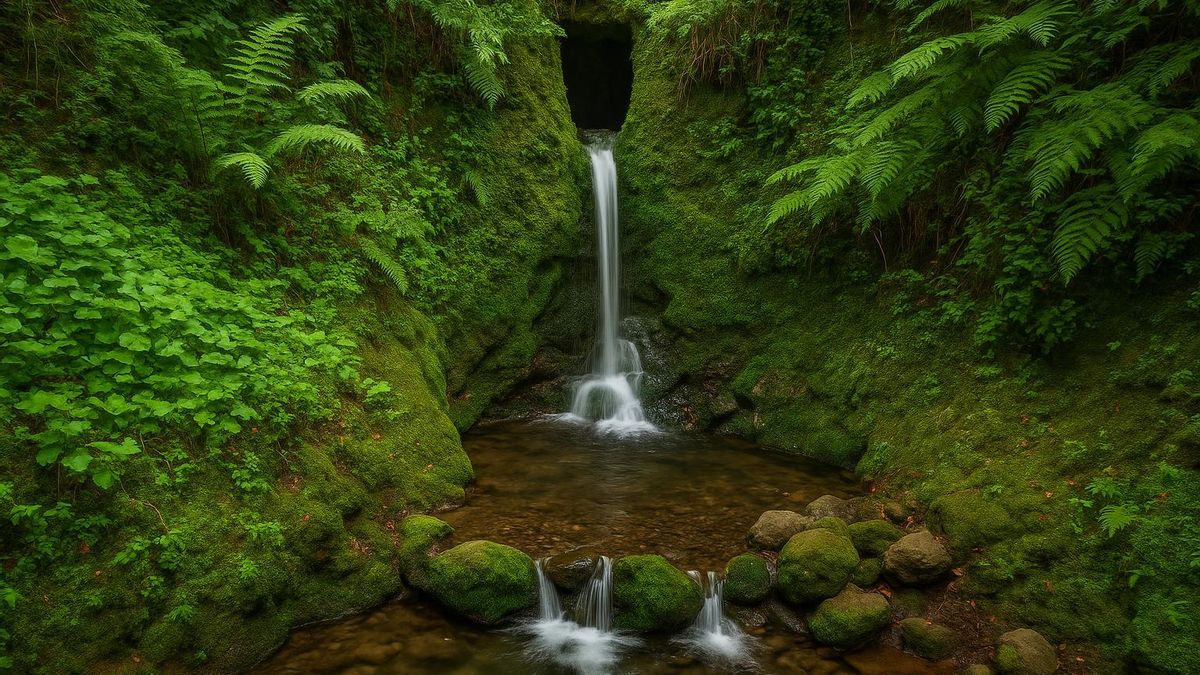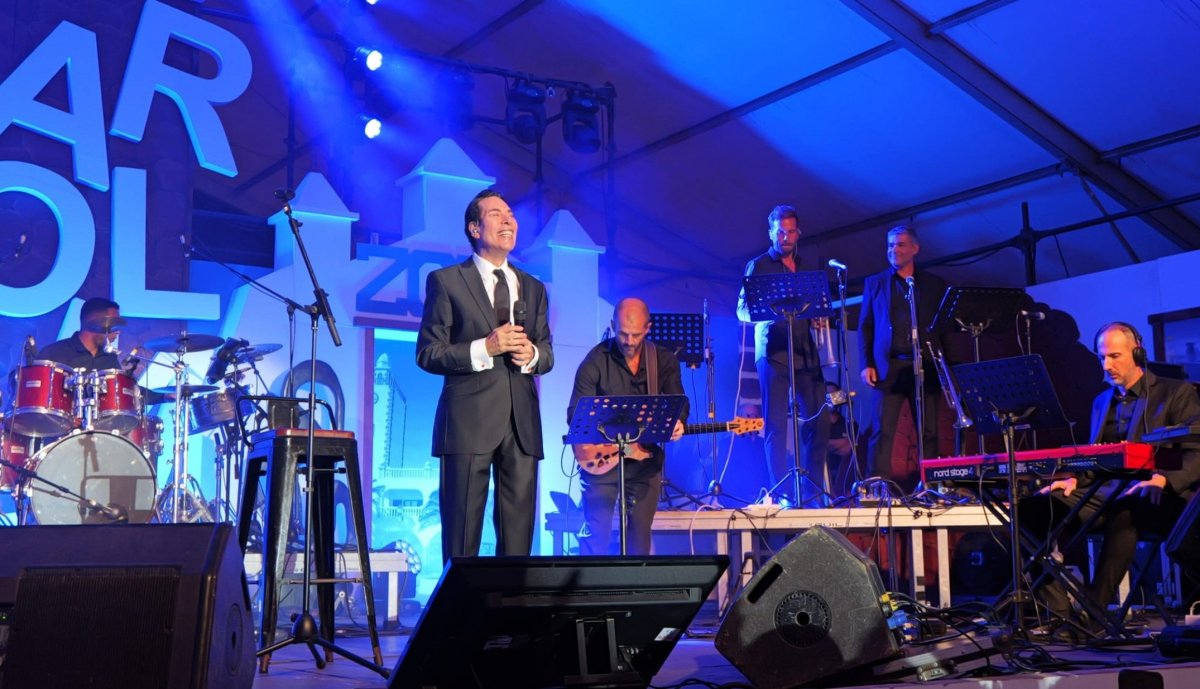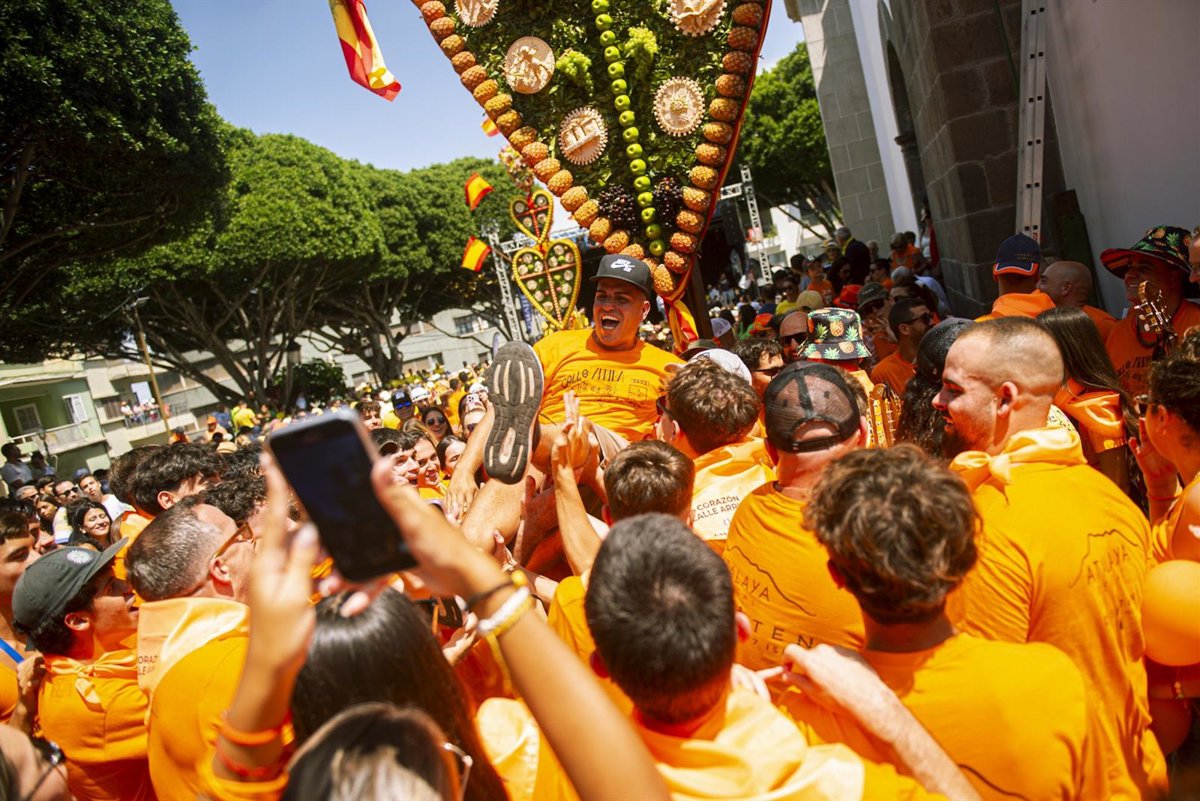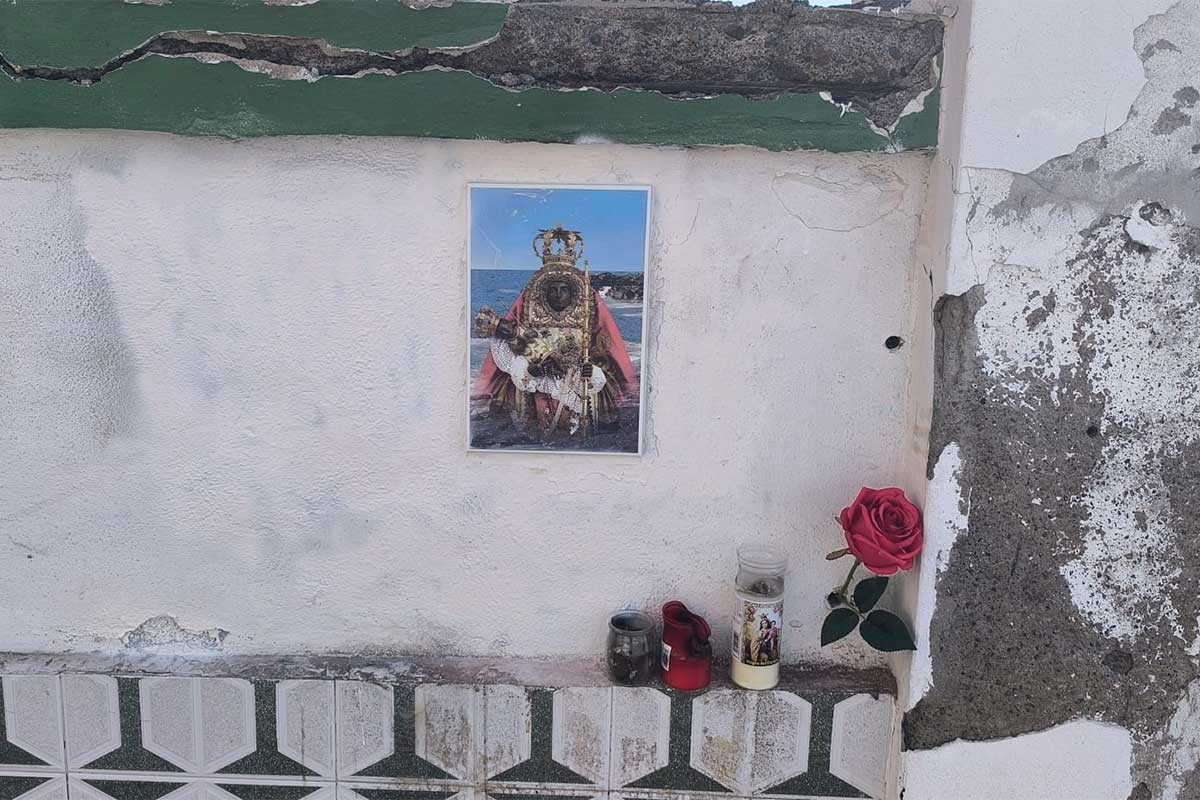The Fertile Valley of La Orotava
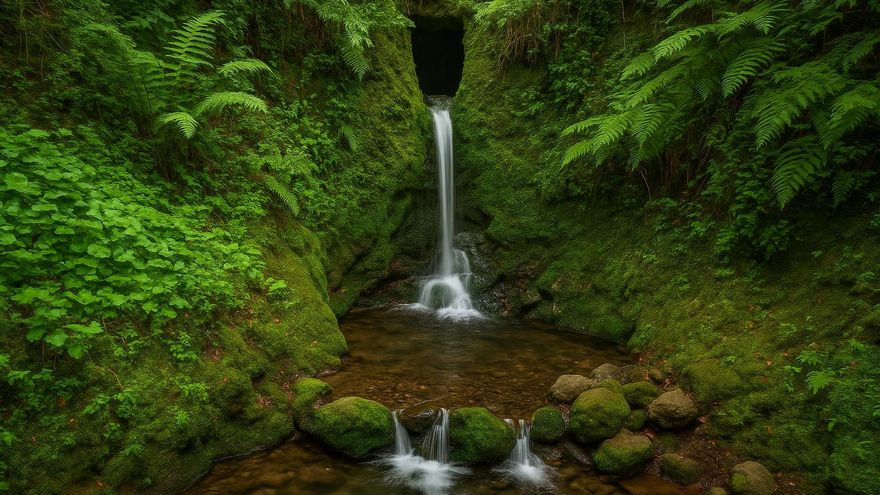
In the north of Tenerife lies a valley so fertile that the ancient Guanches named it with a Berber termr that evoked the incessant murmur of its springs.
The arrival of the Spanish conquerors gradually transformed that name: first, they altered the vowels, then they added an article, and amidst the process, a legend emerged that confused the abundance of water with supposed veins of gold.
After five centuries of phonetic changes, popular tales, and notarial writings, that “valley of water” was established in the toponymy with the name we now read on maps: La Orotava.
The Landscape Imposed the Name
Before the Castilian conquest, the expansive plain that opens under the spine of Tenerife was a garden overflowing with springs and ravines.
The Guanches called it Arautava (or Arautápala), a word of Berber origin that several linguists associate with araw / arawt (“canal” or “trough”) and the suffix -taba (“place of water at ground level”).
The most accepted meaning, therefore, is “valley of abundant water”: a descriptive toponym for a place where water filtered from the summit and emerged in permanent springs.
From Guanche to Castilian
After the conquest of the menceyato of Taoro, the Castilian scribes began to adapt the indigenous toponym to their own ear.
- In 1496, the first land records still mention it as Arautava, the form closest to the original Guanche.
- Between 1506 and 1510, it appears as Arotava or Arotaba, a variant that drops the second “a” and simplifies pronunciation.
- From 1520, the initial vowel changed from “a” to “o” and it became Orotava, a phonetic adjustment typical in the adaptation of indigenous names.
- Finally, in the 17th century, the article was added, and the name was established as La Orotava, following the same pattern as other Canarian places such as La Laguna.
The change a → o at the beginning of a word is common when an open Guanche phoneme falls into a stress position in Castilian. The final variation -b- /-v- (Orotaba/Orotava) can be explained by the fact that in insular Spanish, both consonants are pronounced as voiced bilabials; hence, the local pronunciation remains the same.
The Article “La”
Initially, the writings referred to Valle de Orotava (without an article), as the name designated more the territory than a specific nucleus.
As the settlement around the Church of the Conception acquired municipal status (1648), royal officials began to write “the villa of Orotava”.
The abbreviated form, La Orotava, crystallised in the 17th century and thus entered the Floridablanca census (1787).
The Legend of “Oro Estaba”
The folklore of Orotava tells that a soldier, captivated by the valley’s fertility, exclaimed “¡Oro estaba!”. Over time, that admiration may have morphed into “Orotava.”
The story is charming, but it does not appear in any chronicles of the conquest nor does it align with the documented phonetic evolution. It is a popular etymology generated centuries later to justify the toponym to ears that no longer understood the original Guanche.
Evolution
The history of the valley of La Orotava shows an evolution marked by agriculture, water, and the memory of its past.
Between the 16th and 17th centuries, the economy relied on sugar exports and later on Malvasia wine, which brought prosperity to the valley and solidified the political weight of the town.
In the 18th century, the irrigators managed dozens of water mothers, whose names still echo the aboriginal root -taba.
By the 19th century, the agricultural elite promoted the construction of grand mansions and displayed on the balconies the motto “Menceyato del Valle de Taoro”, as a reminder of their Guanche heritage.
Today, La Orotava designates only the municipality, while the term “Valle de La Orotava” extends also to Puerto de la Cruz and Los Realejos, a semantic extension of the ancient Arautava.
Today, the orange groves, potato fields, and banana plantations continue to vindicate the ancient menceyes: that valley remains above all, despite the current water emergency, the place where water never runs out.


